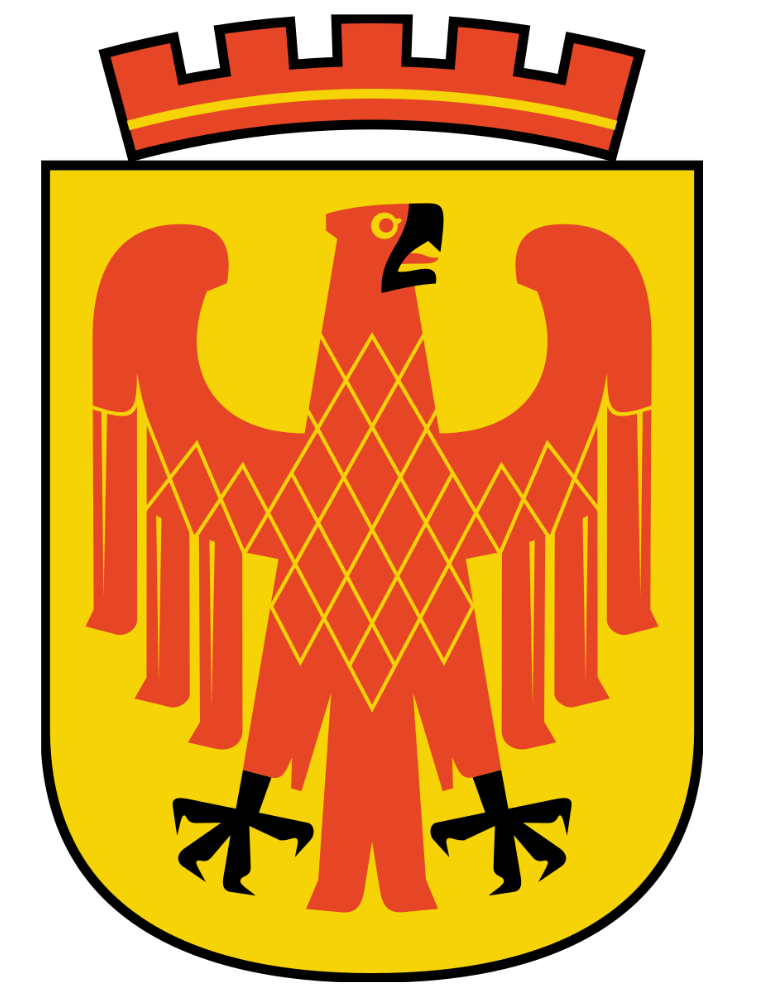Pótsdam

City: Potsdam( Pótsdam)
State: German
Adress: Friedrich-Ebert-Str. 79/81 14469 Potsdam Official page: potsdam.de
Document/date of signing: The twinning agreement between the capital city of Potsdam and the Ivano-Frankivsk urban territorial community was signed on April 22, 2023 in the city of Ivano-Frankivsk.
Pótsdam — a city in eastern Germany with a population of about 150,000, the capital of the federal state of Brandenburg. ВIt is located on the Havel River, 26 km from Berlin, on the shores of several interconnected lakes.
Burgomaster of the city - Mike Schubert (Mike Schubert)
Potsdam was founded around the 10th century. on the site of the village of Slavikр Оттон III дарува by the Baltic Slavs and received the Slavic name "Podstupim". The first mentions date back to 993, when he bequeathed this land to Quedlinburg Abbey. Until 1317, Potsdam was mentioned as a small (now German) city, until in 1345 it received the status of a city. However, as late as 1573, it remained a small trading town (2,000 inhabitants); the Thirty Years' War (1618–1648) destroyed about half of the city.
Potsdam fortunes changed when it was chosen as the hunting seat of Frederick William I, of Prince Brandenburg, in 1660. Prussian barracks were also located there. The city later became the residence of the Prussian royal family. The stately buildings were mainly built during the reign of Frederick the Great. У той час, як Берлін був столицею Пруссії, and later the German Empire, the court remained in nearby Potsdam, також баalso many government officials settled in Potsdam. The city lost the status of the second capital in 1918, when World War I was over and Emperor Wilhelm II was deposed.
The official handshake marked the symbolic beginning of the era of the Third Reich, exchanged by President Paul von Hindenburg and new Chancellor Adolf Hitler on March 21, 1933 in the Potsdam Garrison Church, which symbolized the coalition of the military (Reichswehr) and Nazism. On April 14, 1945, the center of Potsdam was destroyed by British bombs. The Cecilienhof Palace was the venue for the Potsdam Conference from July 17 to August 2, 1945.
The government of the GDR tried to erase the symbols of Prussian militarism. Many historical buildings, most of which were badly damaged during the war, were demolished. After the construction of the Berlin Wall, Potsdam found itself on the border with West Berlin. This not only separated it from West Berlin, but also doubled the travel time to East Berlin. The Glinik Bridge across the Hafel connected the city to West Berlin and was at the center of events, related to the exchange of spies between the West and the East during the Cold War. After German reunification, Potsdam became the capital of the recently re-created federal state of Brandenburg.
Potsdam is a university city. In 1991, was founded the University of Brandenburg. His predecessor was «Brandenburg Higher School named after Karl Liebknecht», the pedagogical institute was founded in 1948, was one of the most important in the GDR.
In addition, there is a film and television college founded in 1954 in Babelsberg, the main center of German film production since its inception. There are also several research centers, including the Fraunhofer Society for Applied Polymer Research and the Max Planck Society's Institute for Gravitational Physics (Albert Einstein Institute).
In 1990, the entire cultural landscape of Potsdam, on the basis of a joint application of the two federal states, was included in the UNESCO World Heritage List.
From that moment, the parks of Sanssouci, Novi Sad, Babelsberg, Glinik and Pfaueninsel together with their palaces received the status of World Heritage Sites. In 1992, they were joined by the Palace and Zakrov Park with the Church of the Savior in Zakrov. In 1999, the World Heritage in Potsdam was replenished with 14 more monuments, among which Lindstedt Palace and Park,the Russian colony of Aleksandrivka, Belvedere on Pfingstberg, Imperial station and an observatory in Babelsberg Park. The World Heritage Site in Potsdam occupies about 500 hectares of park space, includes 150 buildings, built in the period from 1730 to 1916. The Berlin-Potsdam Cultural Landscape is the largest World Heritage Site in Germany.